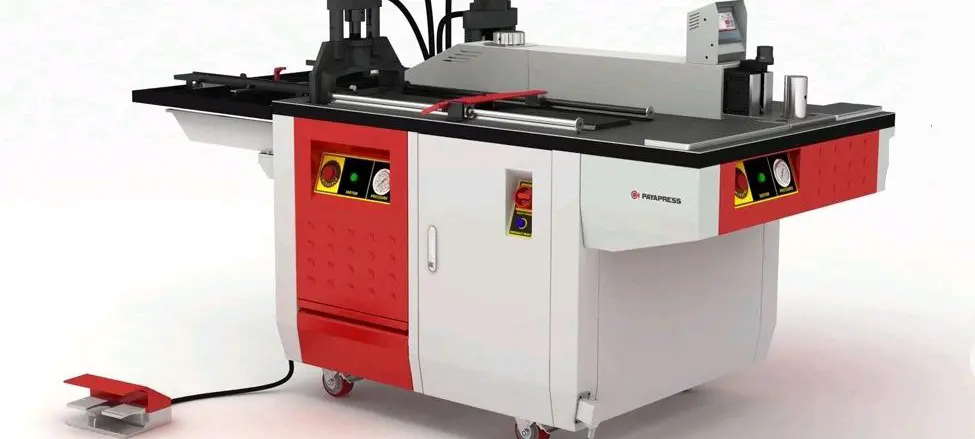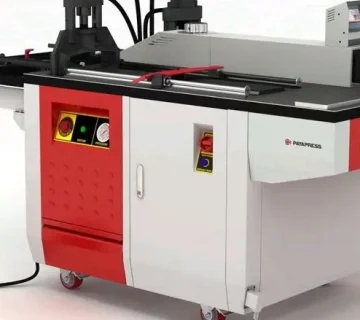Over the past two decades, the world of electrical engineering has witnessed remarkable advances in the processing of busbars—those essential conductors that form the backbone of electrical panels and power distribution units. From manufacturing plants to cutting-edge data centers, busbar technology has evolved to meet the growing demands for efficiency, precision, and safety. As someone fascinated by industrial progress, I’ve been following the transformation of BUSBAR processing, particularly in the realms of BENDING, PUNCHING, and CUTTING.
Let’s take a closer look at how the global landscape of busbar production has shifted and where it’s heading.
Busbar Processing: From Manual Skill to Automated Perfection
Two decades ago, many factories relied heavily on manual labor for busbar fabrication. Operators used hand-operated machines to bend, punch, and cut copper and aluminum busbars. While skilled technicians could produce reliable parts, the process was often time-intensive and limited by human error. Precision was hard-won, and large-scale customization was a logistical headache.
Fast-forward to today: automation and digital control have become the new standard. CNC (computer numerical control) technology now drives most leading busbar processing machines. Automated systems—like those highlighted on the Payapress platform—integrate bending, punching, and cutting operations into a streamlined workflow. The result? Faster turnaround, less waste, and consistently flawless components.
Bending: Precision Shapes at Any Scale
Bending is perhaps the most critical and visually satisfying part of busbar processing. Modern equipment can handle a wide range of materials, sizes, and geometries. Over the last twenty years, servo-electric and hydraulic benders have replaced many mechanically driven systems. These advances enable the production of complex bends with incredible accuracy—even for intricate three-dimensional shapes required by compact control cabinets.
With the rise of software-guided processes, operators can now design and execute custom bends by inputting parameters into a machine’s interface. Advanced feedback systems continually monitor the force, angle, and position, ensuring no slip-ups during production. This leap in reliability and repeatability has driven industries worldwide to standardize on CNC-driven busbar bending solutions.
Punching: Faster, Cleaner, Smarter
Punching holes, slots, and notches into busbars used to involve time-consuming setups, risky manual alignment, and periodic tool changes. In the past twenty years, however, the field has been revolutionized by automated punching systems. Machines can now read design files directly, position the busbar automatically, and punch several features in a single pass.
Additional innovations—such as quick-change tool cassettes and adaptive pressure control—mean even thick copper or aluminum sections can be punched quickly and cleanly, reducing the risk of burrs and deformation. High speed and flexibility are now par for the course, supporting mass production as well as custom, small-batch runs.
Cutting: From Hand Saws to High-Tech Blades
Cutting used to be one of the messiest and most hazardous parts of busbar processing. Mechanical saws and shears often left rough edges, required frequent maintenance, and posed risks for operators. The last two decades have transformed this step. Nowadays, CNC-powered guillotine cutters and rotating blade machines dominate the field.
Today’s machines feature laser-guided positioning, automated clamps, and intelligent sensors. This means each cut is cleaner, more precise, and safer for the operator. Scrap material is minimized, while product quality soars. For modern manufacturing, these factors combine to boost throughput and cut costs—a win-win for producers and customers alike.
Looking Ahead: Digital Integration and Sustainable Solutions
Industrial players like Payapress have been at the forefront of integrating smart controls, IoT connectivity, and modular automation. As the global shift toward electrification and renewable energy accelerates, the demand for robust, customizable busbar systems continues to soar. Innovations in bending, punching, and cutting are paving the way for even greener and more efficient electrical infrastructures around the globe.
Reflecting on the last twenty years, I can’t help but feel optimistic. As technology marches forward, the world of busbar processing keeps getting sharper, faster, and more reliable—literally shaping the flow of power for the next generation.





No comment